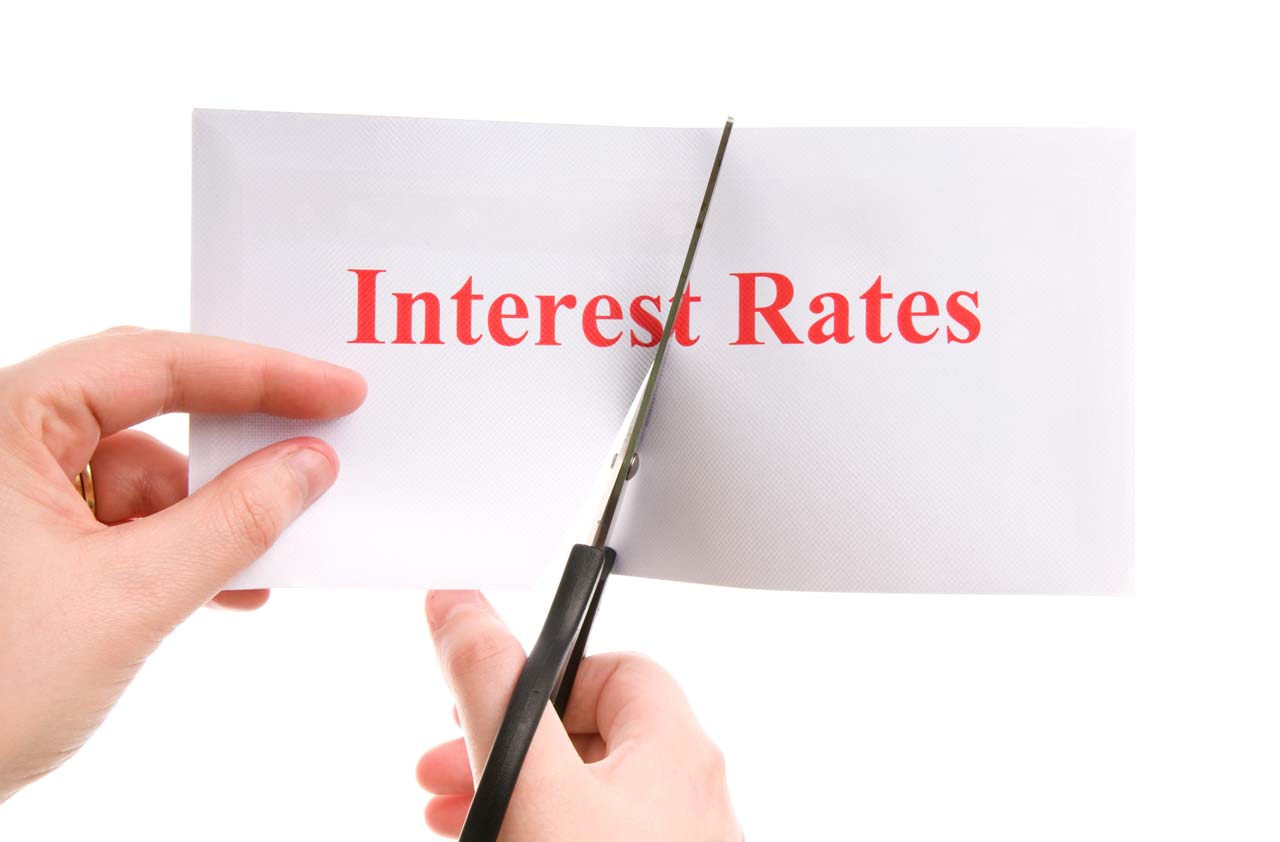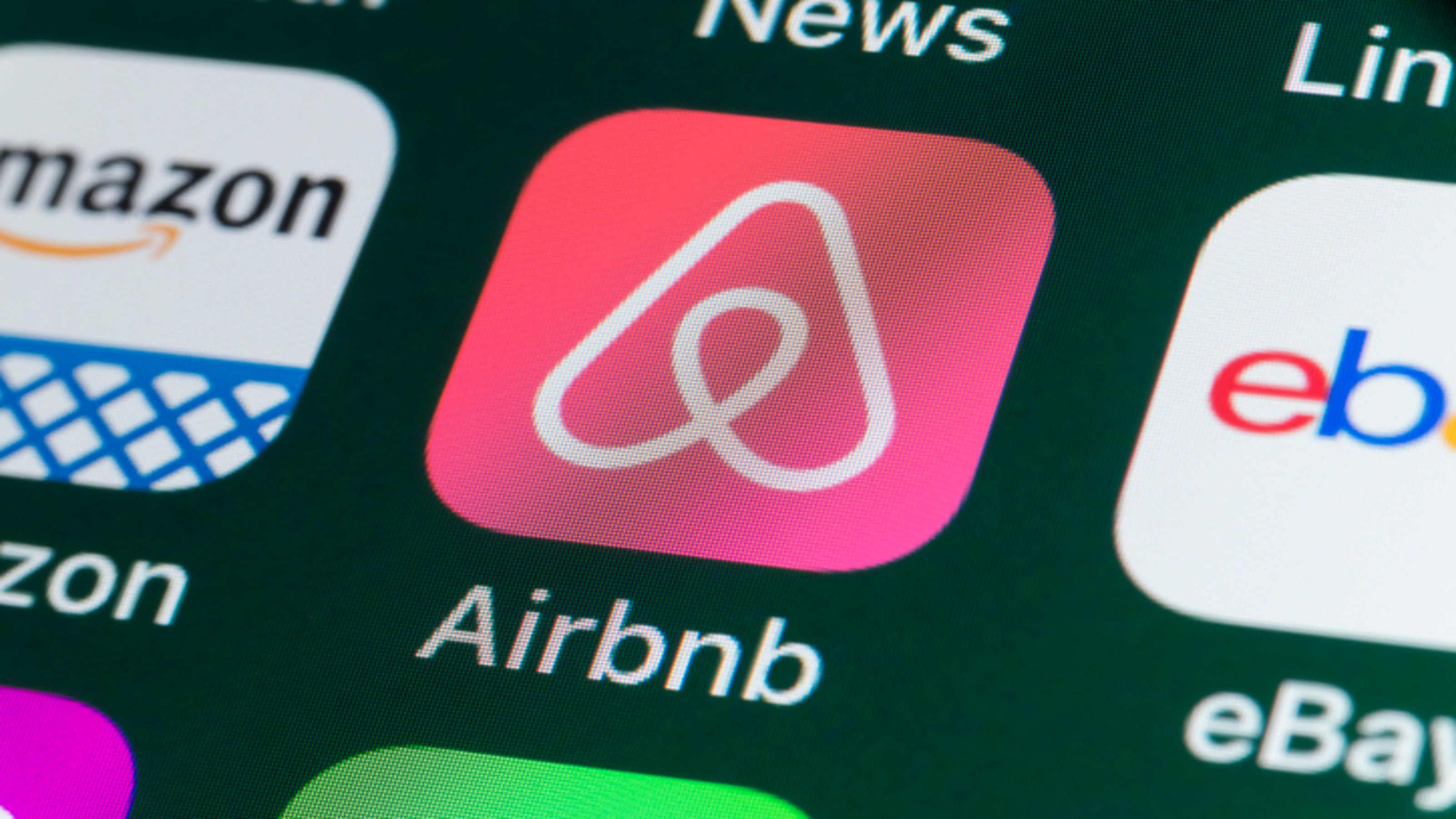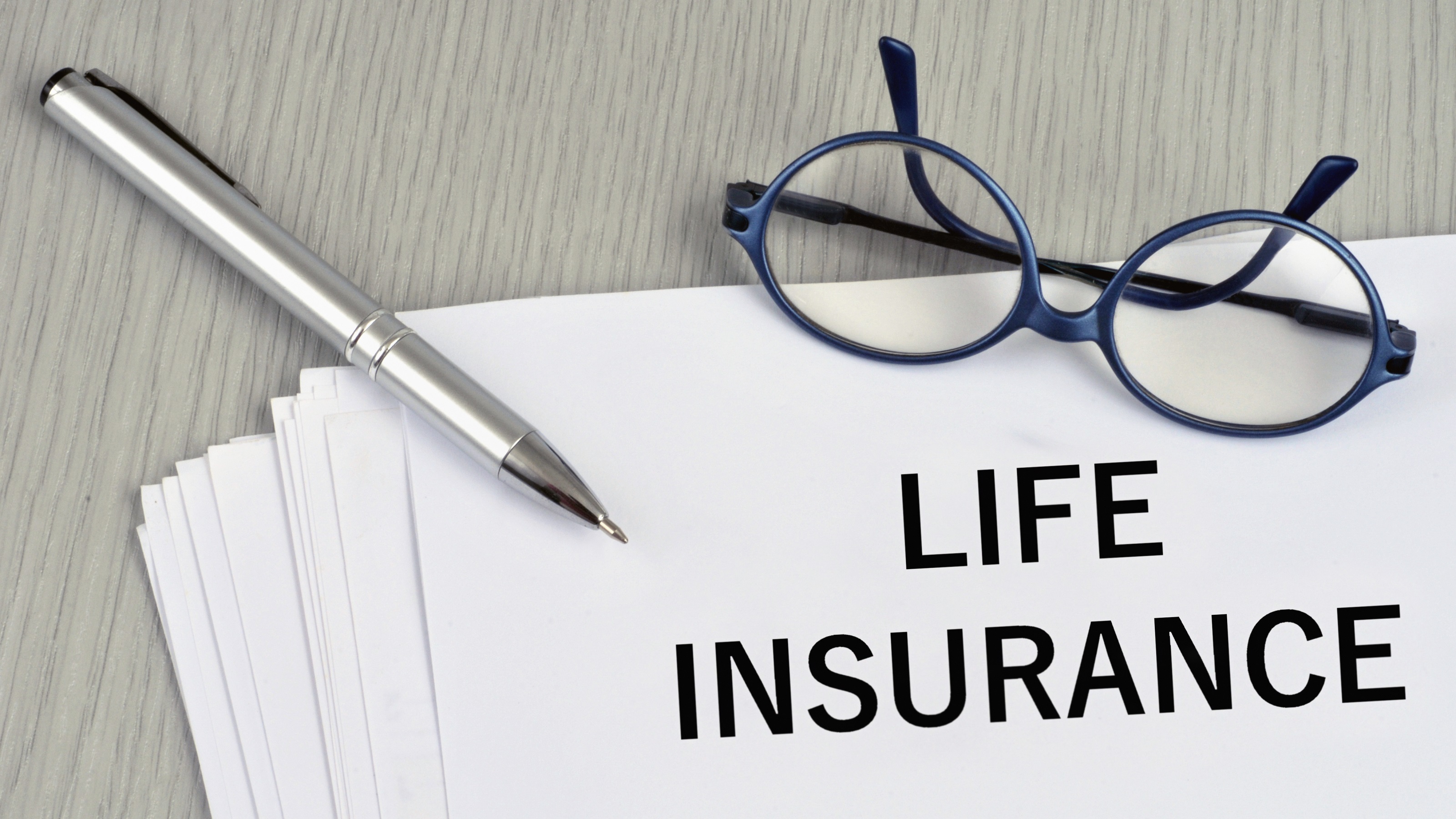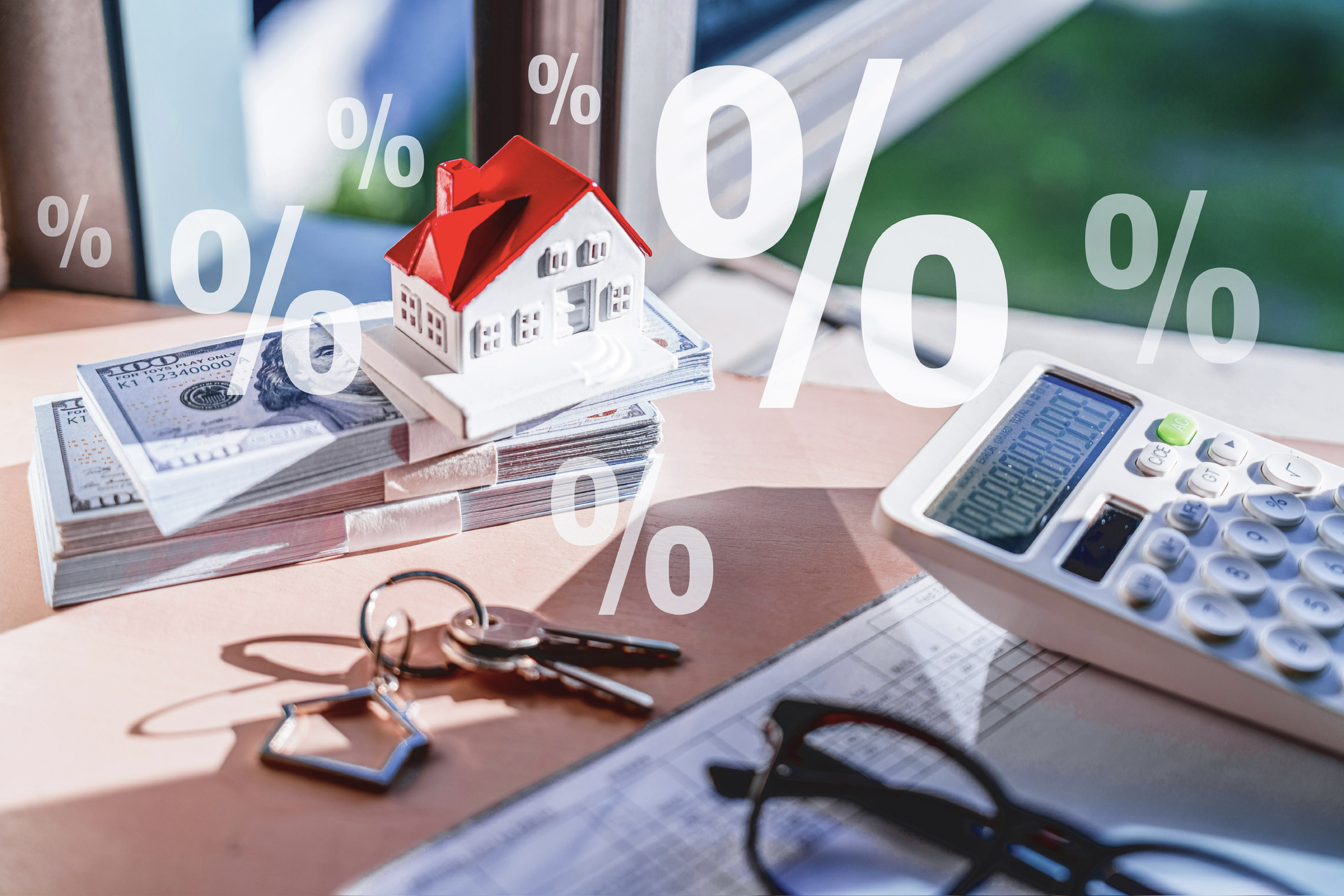Don't Get Burned by Falling Rates
The Federal Reserve’s latest rate cuts mean some savers will have to think outside-the-box when it comes to stashing their cash.


In early August, for the first time since the 2008 financial crisis, the Federal Reserve cut its target federal funds rate, lowering the rate by one-fourth of a percentage point. Kiplinger forecasts that two more quarter-point decreases are likely on the way, in September and in October.
Interest rates—even on savings accounts from prominent internet banks, which tend to prop up rates more than brick-and-mortar banks—began dropping a few weeks before the Fed announced the cut. Rates on some long-term certificates of deposit have been falling for months. The trend will likely continue, so savers will have to be creative.
One idea is to stash both your checking and savings balances in a high-yield checking account. The free Kasasa Cash Checking account from TAB Bank, for example, recently yielded 4% on a balance of up to $50,000 if you meet monthly requirements of having at least one direct deposit or payment transfer and making at least 15 debit-card purchases.
From just $107.88 $24.99 for Kiplinger Personal Finance
Become a smarter, better informed investor. Subscribe from just $107.88 $24.99, plus get up to 4 Special Issues

Sign up for Kiplinger’s Free Newsletters
Profit and prosper with the best of expert advice on investing, taxes, retirement, personal finance and more - straight to your e-mail.
Profit and prosper with the best of expert advice - straight to your e-mail.
Investing in a CD that imposes no fee if you withdraw funds early is one way to capture some extra yield, says Ken Tumin, of DepositAccounts.com. You could, for example, put some savings in a seven-month no-penalty CD from Marcus by Goldman Sachs ($500 minimum deposit). It recently yielded 2.25%, compared with 2.15% for the bank’s savings account. If you decide that the money needs to be more accessible, transfer it to the savings account fee-free.
Slightly better deals for borrowers. If you have debt with a variable interest rate—such as on a credit card or home-equity line of credit and some private student loans—you may see a bit of relief. Based on average household credit card debt of $5,700 and an interest rate of 17.8%, a quarter-point rate reduction lowers the minimum monthly payment by about $1, says Ted Rossman, of CreditCards.com. If you refinance your mortgage (see Now Is a Good Time to Refinance), consider rolling any HELOC balance that you have into the mortgage.
Profit and prosper with the best of Kiplinger's advice on investing, taxes, retirement, personal finance and much more. Delivered daily. Enter your email in the box and click Sign Me Up.

Lisa has been the editor of Kiplinger Personal Finance since June 2023. Previously, she spent more than a decade reporting and writing for the magazine on a variety of topics, including credit, banking and retirement. She has shared her expertise as a guest on the Today Show, CNN, Fox, NPR, Cheddar and many other media outlets around the nation. Lisa graduated from Ball State University and received the school’s “Graduate of the Last Decade” award in 2014. A military spouse, she has moved around the U.S. and currently lives in the Philadelphia area with her husband and two sons.
-
 AI Stocks Lead Nasdaq's 398-Point Nosedive: Stock Market Today
AI Stocks Lead Nasdaq's 398-Point Nosedive: Stock Market TodayThe major stock market indexes do not yet reflect the bullish tendencies of sector rotation and broadening participation.
-
 Top Tech Gifts to Grab at Walmart Before Christmas
Top Tech Gifts to Grab at Walmart Before ChristmasBig savings on Apple, Bose, HP, Vizio and more while there's still time to shop.
-
 AI Appliances Aren’t Exciting Buyers…Yet
AI Appliances Aren’t Exciting Buyers…YetThe Kiplinger Letter Artificial intelligence is being embedded into all sorts of appliances. Now sellers need to get customers to care about AI-powered laundry.
-
 Amazon Resale: Where Amazon Prime Returns Become Your Online Bargains
Amazon Resale: Where Amazon Prime Returns Become Your Online BargainsFeature Amazon Resale products may have some imperfections, but that often leads to wildly discounted prices.
-
 Roth IRA Contribution Limits for 2026
Roth IRA Contribution Limits for 2026Roth IRAs Roth IRAs allow you to save for retirement with after-tax dollars while you're working, and then withdraw those contributions and earnings tax-free when you retire. Here's a look at 2026 limits and income-based phaseouts.
-
 Four Tips for Renting Out Your Home on Airbnb
Four Tips for Renting Out Your Home on Airbnbreal estate Here's what you should know before listing your home on Airbnb.
-
 Five Ways to a Cheap Last-Minute Vacation
Five Ways to a Cheap Last-Minute VacationTravel It is possible to pull off a cheap last-minute vacation. Here are some tips to make it happen.
-
 How Much Life Insurance Do You Need?
How Much Life Insurance Do You Need?insurance When assessing how much life insurance you need, take a systematic approach instead of relying on rules of thumb.
-
 When Does Amazon Prime Day End in October? Everything We Know, Plus the Best Deals on Samsonite, Samsung and More
When Does Amazon Prime Day End in October? Everything We Know, Plus the Best Deals on Samsonite, Samsung and MoreAmazon Prime The Amazon Prime Big Deal Days sale ends soon. Here are the key details you need to know, plus some of our favorite deals members can shop before it's over.
-
 How to Shop for Life Insurance in 3 Easy Steps
How to Shop for Life Insurance in 3 Easy Stepsinsurance Shopping for life insurance? You may be able to estimate how much you need online, but that's just the start of your search.
-
 Five Ways to Shop for a Low Mortgage Rate
Five Ways to Shop for a Low Mortgage RateBecoming a Homeowner Mortgage rates are high this year, but you can still find an affordable loan with these tips.